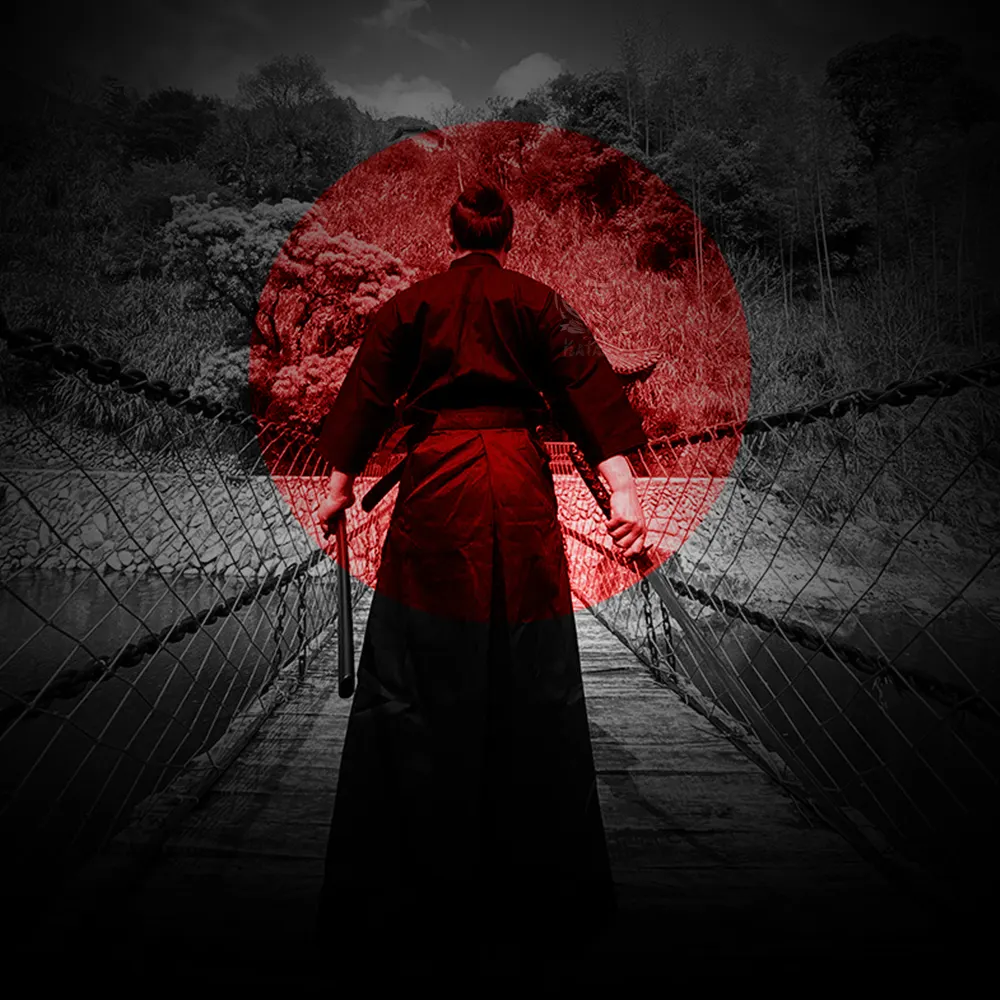
The history of swords in Japan
The Japanese sword is a single-edged stabbing weapon made using a unique method exclusive to Japan. The intricate patterns on the blade and its elegant appearance give it a distinct aesthetic appeal, and the artistic value of these works has gained recognition worldwide, attracting the attention of many people. With the rise of samurai during the Heian period, let’s take a look at the history and evolution of the Japanese sword, as well as why it has transitioned from being seen as a weapon to its current status as a “sword.”
The establishment of the Japanese sword
The history of the Japanese sword can be traced back to the Kofun period. During this period, ironworking and iron manufacturing techniques were introduced, and Japan began producing swords.The Japanese sword was developed around the middle of the Heian period. The swords made during the Jomon period, Kofun period, and up until the birth of the Japanese sword were all referred to as “tachi,” while the Japanese sword itself is classified as “jokoto.”
The origin and function of Japanese Sword
The earliest swords produced in Japan were the double-edged sword (moroha) and the straight sword without curvature (chokuto). When used as weapons, they were made for striking or stabbing purposes.With the establishment of ancient dynasties, the development of armor and weapons in Japan took place. However, from the Kofun period to the Nara period, the main weapons were spears, halberds, and bows and arrows. Therefore, the production of swords was mostly for ceremonial purposes, such as for ritual objects or burial items found in ancient tombs.Old swords were used by the upper class in ceremonies, thus serving as symbols of power and ritual tools. However, as the scale of battles increased during the Asuka period, swords began to be demanded for their practical use as well. This led to the emergence of construction techniques such as “kirihagane” and “suehiro” that created ridges on the blade. The introduction of these techniques made the swords more aesthetically pleasing, with intricate patterns and designs, giving them similar characteristics to the Japanese swords we see today.
Samurai and the birth of the Japanese sword
Approximately during the mid-Heian period, the rise of samurai who primarily fought on horseback created a demand for curved swords, which allowed for easier drawing of the sword and fluid defense while on horseback.The primary attack method of the straight sword was thrusting, but by introducing curvature, the sharpness of slashing attacks increased. At the same time, the term “tachi” was changed to “katana,” the single-edged curved sword that we see today.The Japanese sword was born during the transition from a courtly aristocratic society to a samurai society and became inseparable from the samurai in subsequent history.Later, as the scale of warfare increased, the demand for Japanese swords grew, and swordsmiths began to establish workshops in regions suitable for sword production, leading to the emergence of various regional styles.Bizen is considered the origin of “Sanjo Munechika” from Yamashiro Province (present-day Kyoto Prefecture), “Ohara Yasunori” from Hoki Province (present-day Tottori Prefecture), and the “Bizen Legend.” The three swordsmiths from ancient Bizen, Tomonari, and Japan (present-day Okayama Prefecture) were known as the “Three Great Craftsmen” active during the Heian period. Famous swords such as “Sanemori,” “Tenka Goken,” and “Uguisumaru” are considered their masterpieces.
